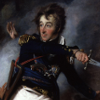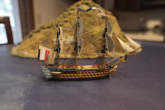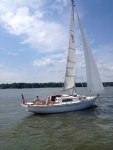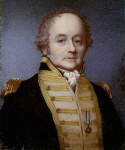I am looking for a British/French Twodecker from the Napoleonic era that had a black-white paintscheme instead of the usual black-yellow.
Best would be a historical painting or description to proof it.
Purpose: I am playing with the thought of repainting one of the current SoG Twodeckers in black and white and would be very happy to know a historical ship it could be used to portrait.
I do know that many British ships were repainted black and white after about 1820 (also with a horizontally striped stem) but I wonder if the black-white colour scheme was already used in the Napoleonic Wars?
Hope someone can help me with this very specific question!






 Reply With Quote
Reply With Quote















Bookmarks